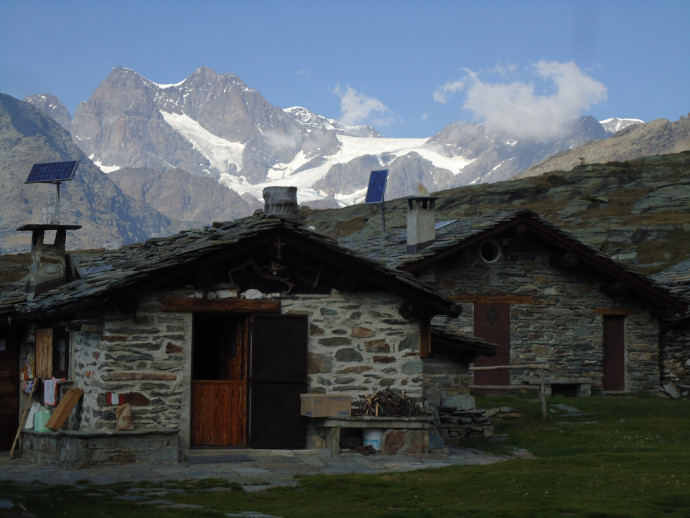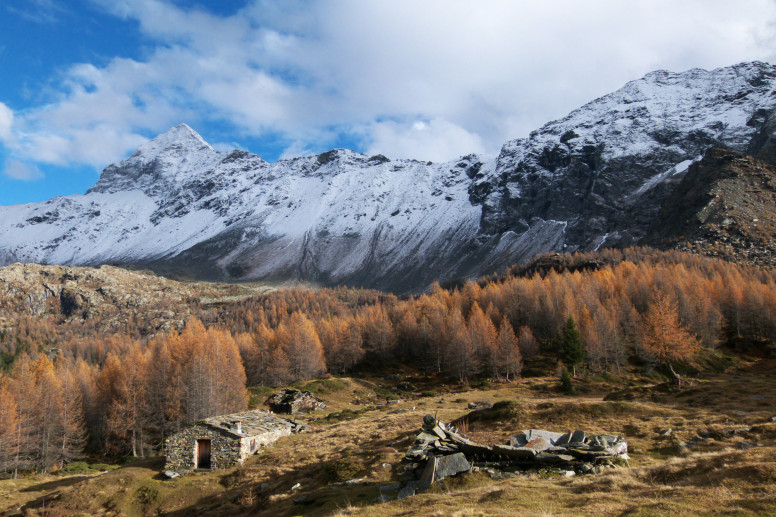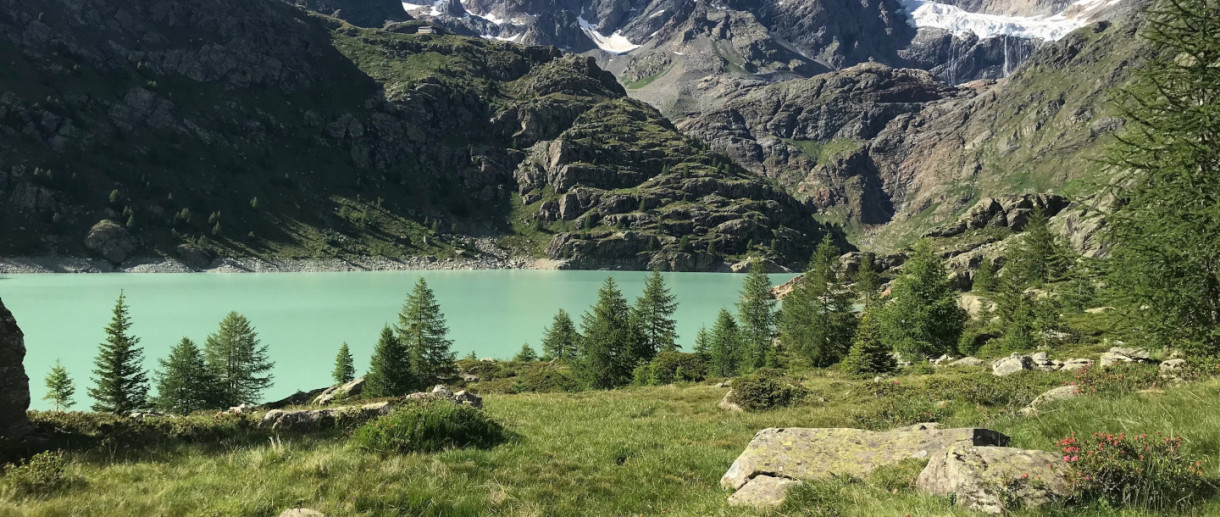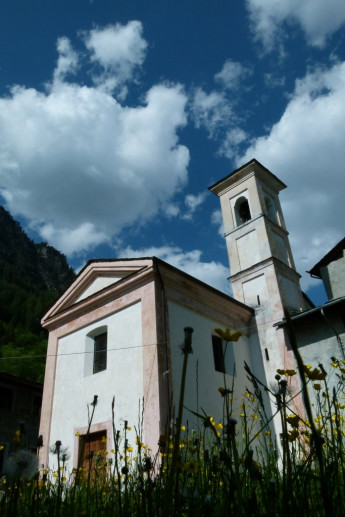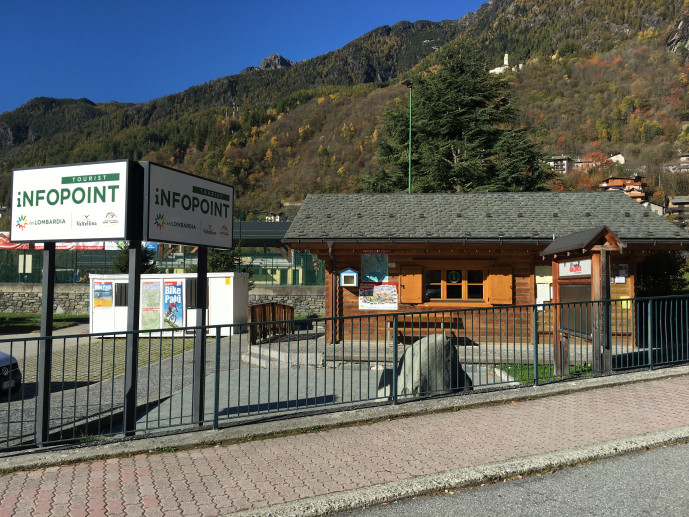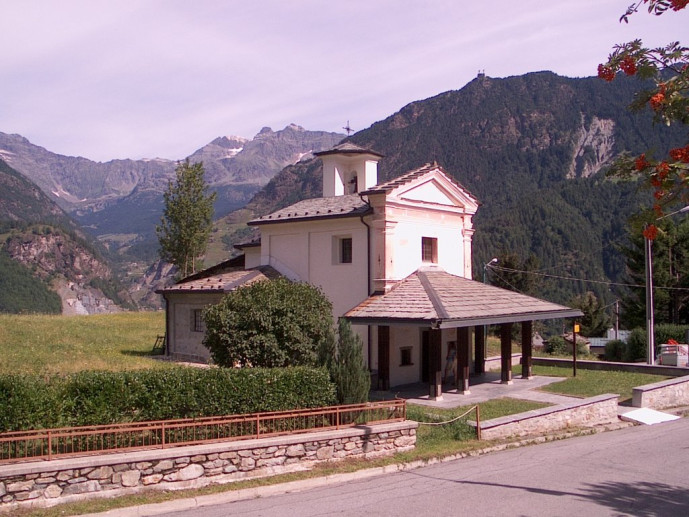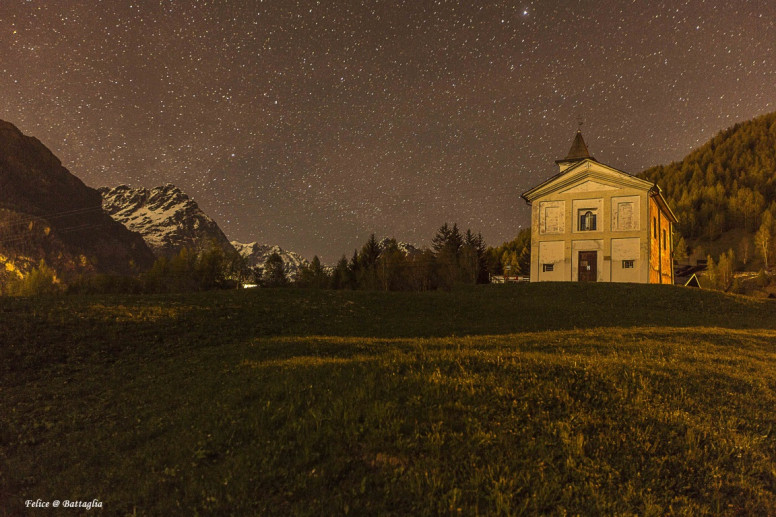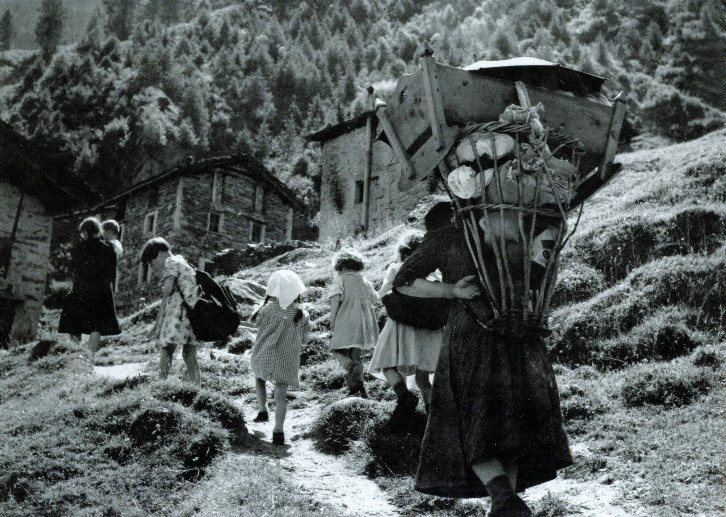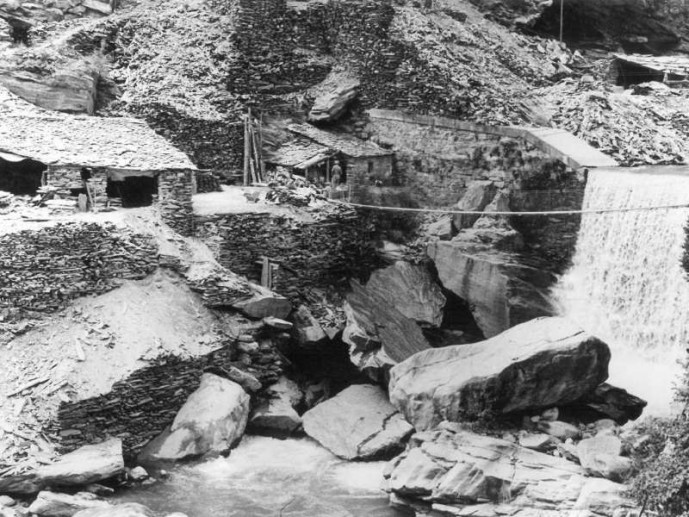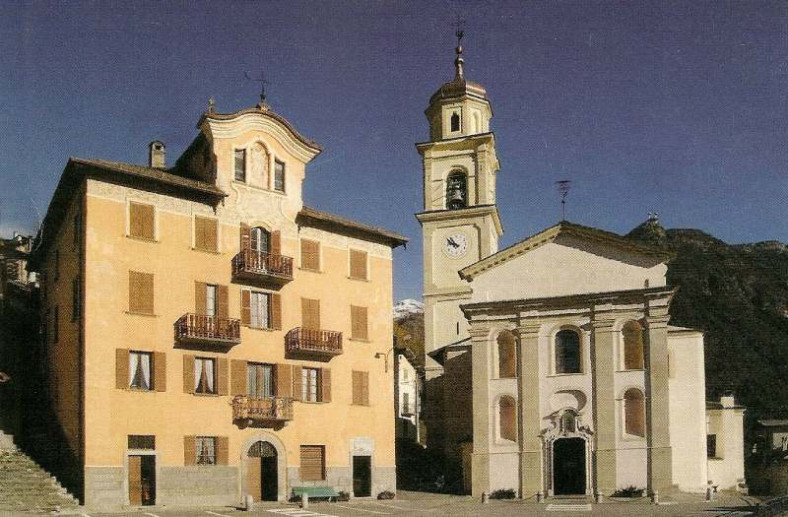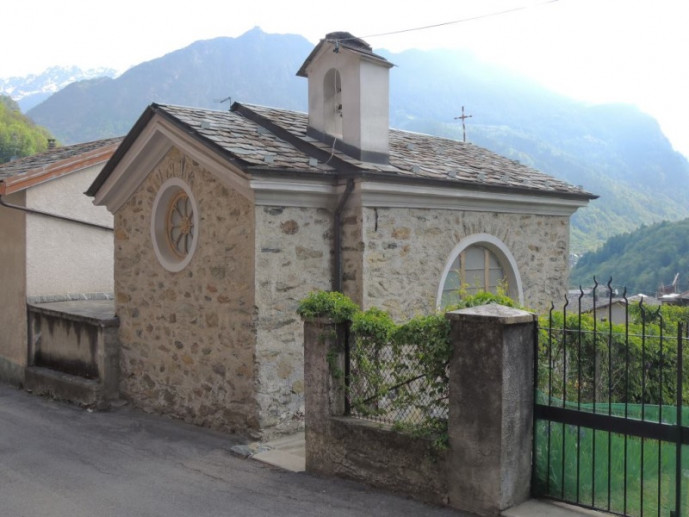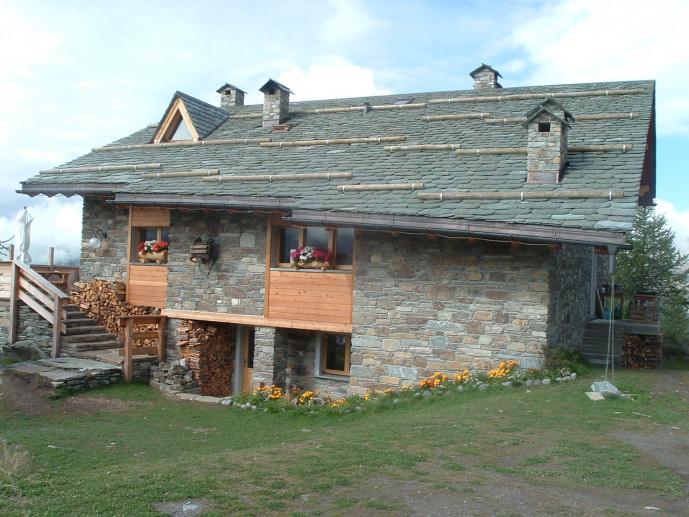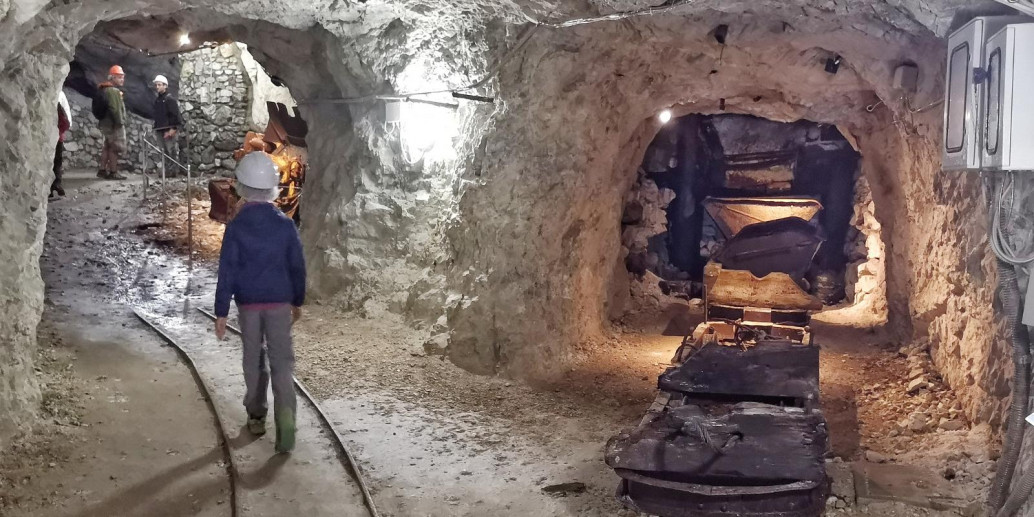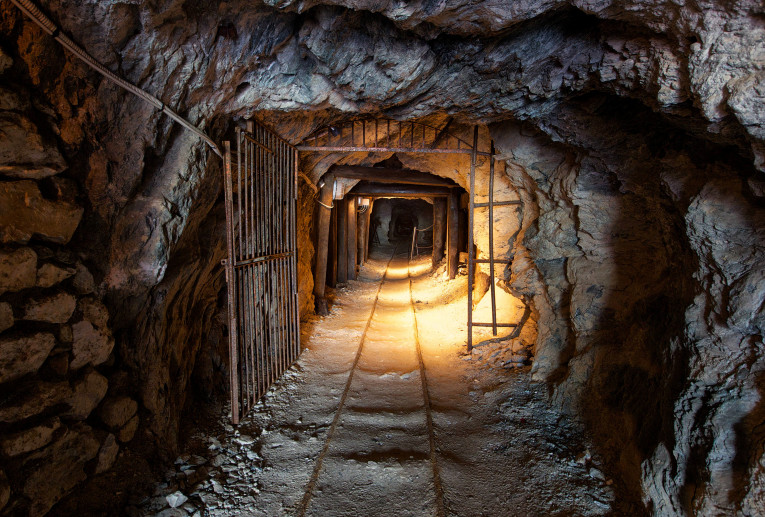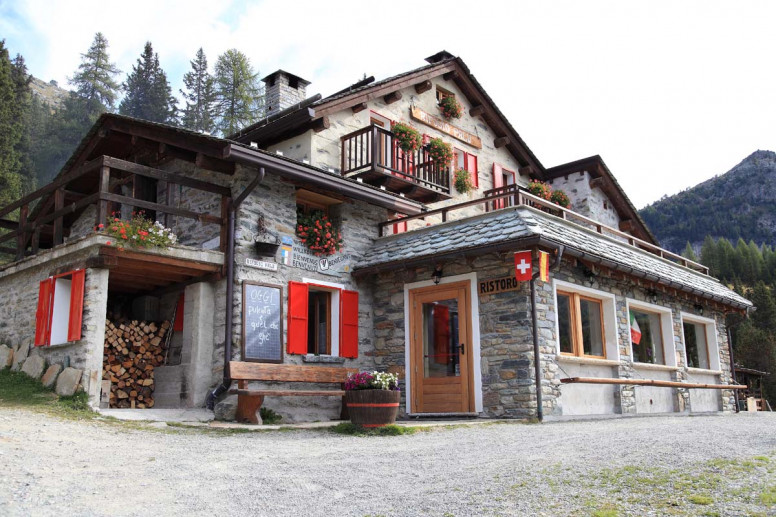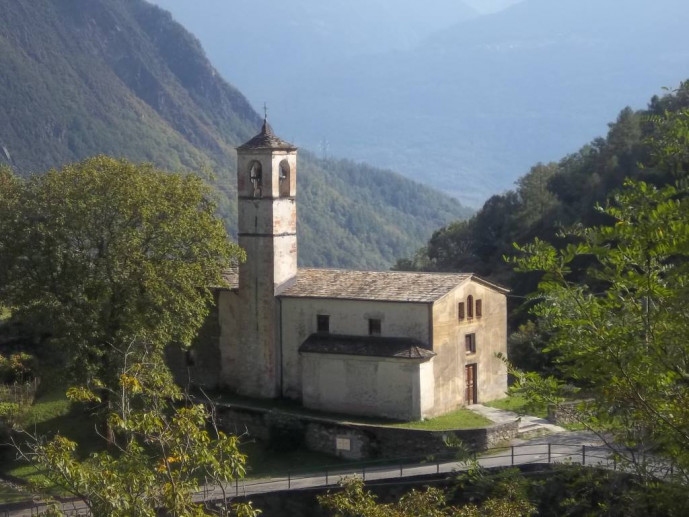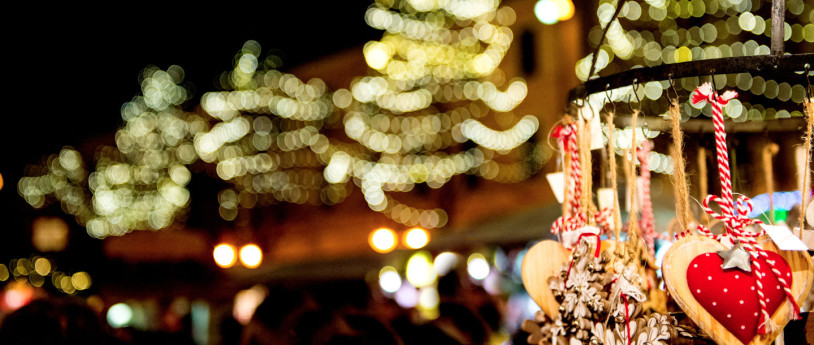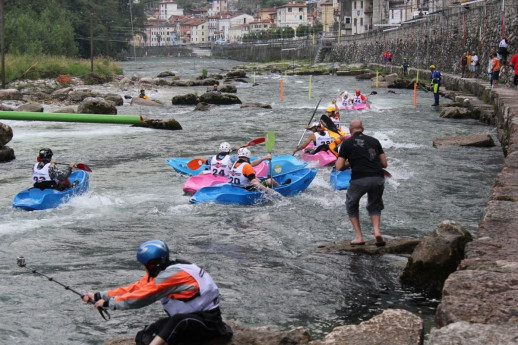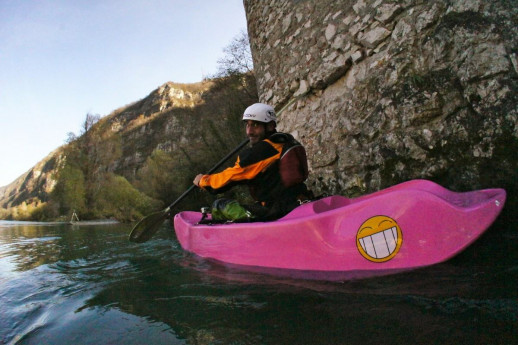- Art & Culture
- Religious Tourism
Church of St. John the Baptist
The present parish church of St. John the Baptist in Lanzada, was built, beginning in 1659, on the site of an older one, dating from the 15th century, formerly a branch of the Collegiate Church of SS. Gervasio and Protasio in Sondrio.
The consecration took place almost fifty years later, on June 8, 1706.
The majestic bell tower, 48 meters high, on the other hand, was erected in the years 1744-47 under the leadership of master builder Giacomo Cometti. The 'only work from the earlier church, now kept in the sacristy, is a valuable oil painting on panel, depicting the Crucifix, surrounded by the Madonna and St. John the Evangelist, St. Anthony the Abbot and St. Roch. The painting, dated 1533, is of the Lombard Preleonardesque school.
The wide and solemn facade of the temple has an arched portal, made of local stone and carved walnut doors (17th century). The 'monumental effect of the interior is achieved by a single, large nave with four side chapels; high pilasters; single-compartment chancel lit by a window.
The vault preserves the oldest frescoes (17th cent.), depicting the Birth and Beheading of the Baptist, theArchangel Gabriel, the Dove of the Holy Spirit and the Virgin Annunciate. Leaning against the counterfaçade is the organ case, carved by the Caspuan Zeffirino Dioli in 1925.
The chancel is the true artistic and spiritual heart of the church. The walls and vault are covered with the splendid frescoes of Pietro Ligari (1686-1752), the great painter nicknamed the "Tiepolo Valtellinese."
Here finds prominence the large wooden, painted and gilded tabernacle housing the statues of St. John the Evangelist, St. Anthony the Abbot, the Baptist and Jesus, the latter surmounted by the bust of the blessing Eternal Father. Also of note are the fourteen choir stalls, in soberly carved walnut, with high reliefs by the sculptor Zotti (1706).
The remarkable pulpit, in painted and gilded wood, is akin to and coeval with the right tribune; the central panel bears a carved scene of the Martyrdom of St. John the Baptist.
The sacristy, with a pavilion vault frescoed with mock perspectives by Cesare Ligari, son of Pietro, in 1762, houses, in addition to the 16th-century Crucifixion , another interesting painting depicting the Miracle of St. Gregory the Great (18th cent.), from the mortuary chapel, the work of Cesare Ligari, or Giuseppe Kauffmann.
